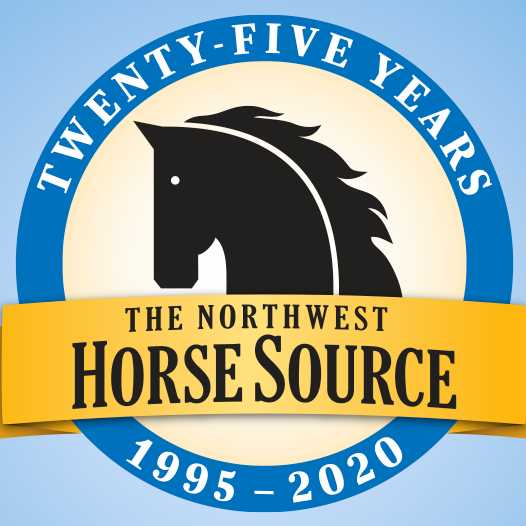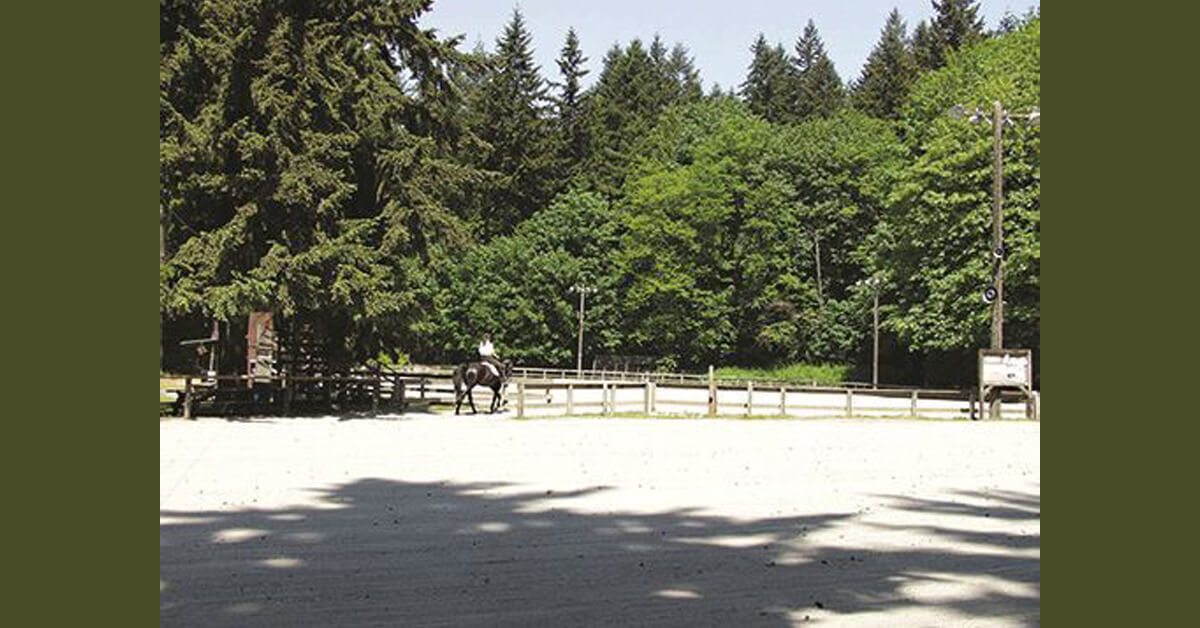Today, the Department of Natural Resources, Washington State Parks and Recreation Commission, and Department of Fish and Wildlife announced that camping in 22 counties will begin to reopen on Monday, June 1. Counties reopening for camping are all actively in Phase 2 of Gov. Jay Inslee’s “Safe Start” plan and have also been approved for camping by county officials.
The public should check state agency websites for the status of individual campgrounds and dispersed camping.
Washington State Department of Natural Resources
Most DNR-managed campsites will reopen on a rolling basis. Whether a campsite is open depends on the location of the site and whether any maintenance is needed. Most campsites on DNR land are on a first-come, first-serve basis and do not have running water. Visitors should make sure campsites are open before heading out and should have multiple backup options if a desired campsite is full. Campers should also be prepared to take care of all their personal hygiene needs. Always practice Leave No Trace principles as garbage services aren’t available. If you pack it in, pack it out.
“As summer arrives, a cherished family tradition is camping and enjoying the great outdoors together. Opening camping on our public lands is a step toward normalcy for all of us,” said Commissioner of Public Lands Hilary Franz. “While we get back outside, it is imperative to do all we can to keep ourselves, our families, and our communities safe by recreating responsibly. We must always be vigilant in our fight against COVID-19, practicing good physical distancing and proper hygiene, so we can continue to enjoy camping with our families throughout the summer.”
Residents are also reminded to help to prevent wildfires by never leaving a campfire unattended. If it is too hot to touch, it is too hot to leave. Always check for burn bans before lighting a campfire. And, only use DNR-approved fire rings (circular metal rings with grates) found in many DNR campgrounds. No dispersed camping fires are allowed.
Please check the dnr.wa.gov/open page for more details on what day-use areas and campsites are open.
State Parks
The reopening applies to campgrounds and various marine facilities. A list of open campgrounds and marinas can be found on the State Parks website.
The reopening applies to campgrounds and various marine facilities. A list of open campgrounds and marinas can be found on the State Parks website.
Cabins, yurts, and other overnight accommodations remain closed until further notice. Group campsites will remain closed as well.
Visitors with reservations for overnight accommodations that are not opened will receive a full refund for their trips scheduled during the closure. Parks will contact affected campers. No action is required by reservation holders.
Campers are advised to make reservations for camping at a state park. This ensures they will have a camping spot when they reach their destination, and it reduces interactions with staff.
“This is an important milestone for the public and for parks,” Washington State Parks and Recreation Commission Director Don Hoch said. “This year, it’s especially important Washingtonians have access to outdoor recreation. We know that access to the outdoors is good for everyone’s health and well-being. Camping is a big part of that outdoor experience.”
Washington Department of Fish and Wildlife
WDFW campgrounds will reopen, as will dispersed camping at wildlife areas for counties that have approved camping. A list of open campgrounds is available on WDFW’s website.
Campers and recreational vehicles should be self-contained, as WDFW lands do not offer draining or dumping facilities. Campers are advised to bring their own supplies, including water, soap, hand sanitizer, and toilet paper. As always, pack out what you pack in.
“Camping is a favorite summer activity in Washington and we’re so pleased to be in a place to reopen these opportunities for families to make their summer memories,” said Kelly Susewind, WDFW Director. “We’re glad to invite people back to the wild for responsible overnight stays.”
Guidelines for responsible camping
To minimize staff and visitor interactions, lands managers recommend the following guidelines when camping this summer:
To minimize staff and visitor interactions, lands managers recommend the following guidelines when camping this summer:
- Know before you go – Check to see if your destination is open for camping.
- Stay local – Choose destinations close to home. This will reduce the need to stop along the way.
- Follow the rules – Rule enforcement puts visitors and staff at risk. Please follow all rules to reduce the need for interaction with rangers and other park staff. Never leave a campfire unattended.
- Come prepared – Bring all the supplies you need – including firewood – to reduce the need to stop along the way. Campsites may not have running water available so always plan to be self-sufficient and have all the items you need with you to take care of your personal hygiene needs.
- Keep groups small – Limit the number of people in your party to five, unless you’re all within the same household.
All visitors, including day use, should also follow the guidelines to #RecreateResponsibly when visiting any public lands this summer. You can find more information about those guidelines at www.recreateresponsibly.org.
Camping closed on March 23 to reduce the spread of COVID-19. The two-week closure was extended as a result of Gov. Inslee’s Stay Home, Stay Healthy order.
About DNR Recreation
Led by the Commissioner of Public Lands Hilary Franz, DNR manages 1,200 miles of trails and 160-plus recreation sites in 3 million acres of working forest state trust lands and 92 natural areas. DNR trust lands keep forests development-free, provide clean water, and generate revenue for public services and school construction. To learn more about recreation on DNR-managed lands, visit dnr.wa.gov/open.
About Washington State Parks
The Washington State Parks and Recreation Commission manages more than 100 state parks and properties totaling approximately 120,000 acres. The Commission provides a variety of recreation opportunities for citizens and provides stewardship protection for a diverse array of natural, cultural and historic resources. State Parks’ statewide programs include long-distance trails, boating safety and winter recreation.
About WDFW
The Washington Department of Fish and Wildlife actively manages about one million acres of land, with 33 wildlife areas and nearly 500 water access sites around the state. These public lands help sustain wildlife habitat and public recreation opportunities for current and future generations. WDFW is the primary state agency tasked with preserving, protecting, and perpetuating fish, wildlife, and ecosystems, while providing sustainable fishing and hunting opportunities.
The Washington Department of Fish and Wildlife actively manages about one million acres of land, with 33 wildlife areas and nearly 500 water access sites around the state. These public lands help sustain wildlife habitat and public recreation opportunities for current and future generations. WDFW is the primary state agency tasked with preserving, protecting, and perpetuating fish, wildlife, and ecosystems, while providing sustainable fishing and hunting opportunities.
Appendix A: list of counties open to overnight camping
|
County
|
Notes
|
|
Adams
|
|
|
Asotin
|
|
|
Columbia
|
|
|
Cowlitz
|
|
|
Ferry
|
|
|
Garfield
|
|
|
Grant
|
|
|
Grays Harbor
|
|
|
Kitsap
|
|
|
Kittitas
|
|
|
Lewis
|
|
|
Lincoln
|
|
|
Mason
|
|
|
Pacific
|
Parks – 50% capacity, DNR – closed
|
|
Pend Oreille
|
|
|
Skamania
|
|
|
Spokane
|
|
|
Stevens
|
|
|
Thurston
|
|
|
Wahkiakum
|
|
|
Walla Walla
|
|
|
Whitman
|

News from the horse industry. Sharing today’s information as it happens. The Northwest Horse Source is not responsible for the content of 3rd party submissions.






